Could the Ancient People Carry Swords When Going Out? – Different Dynasties (Part 1)

Whenever we see hanfu knights-errant roaming the land, standing up for justice against injustice, the dashing silhouette of a lone figure with a sword stirs the blood of countless young people, leaving us spellbound and deeply impressed.
However, when we snap out of this reverie, we can’t help but wonder: could these swordsmen really wander around with swords at will? Should the sword be carried on the back, hung from the waist, or held in the hand? Let’s take a look through history and find out about the ancient people’s practice of carrying weapons when going out.
Weapons are essentially tools for attack. Their invention stemmed from human activities like gathering and hunting. Initially, the concept of weapons was rather vague. Even a simple blade of grass or a twig could be considered a weapon if it could be used for attack. With the growing development of metal weapons, humanity entered a long – lasting era of cold weapons, and weapons mostly referred to metal implements.
Ⅰ. The Era of Cold Weapons
In the early days of the cold weapons era, there was often confusion between weapons and farming tools. This was because farming tools could be used for labor in daily life and could also be used as weapons when necessary. In Journey to the West, Zhu Bajie’s weapon is the “nine – toothed rake”, which is often ridiculed as “a farmer’s tool” by the demons they encounter on the journey.
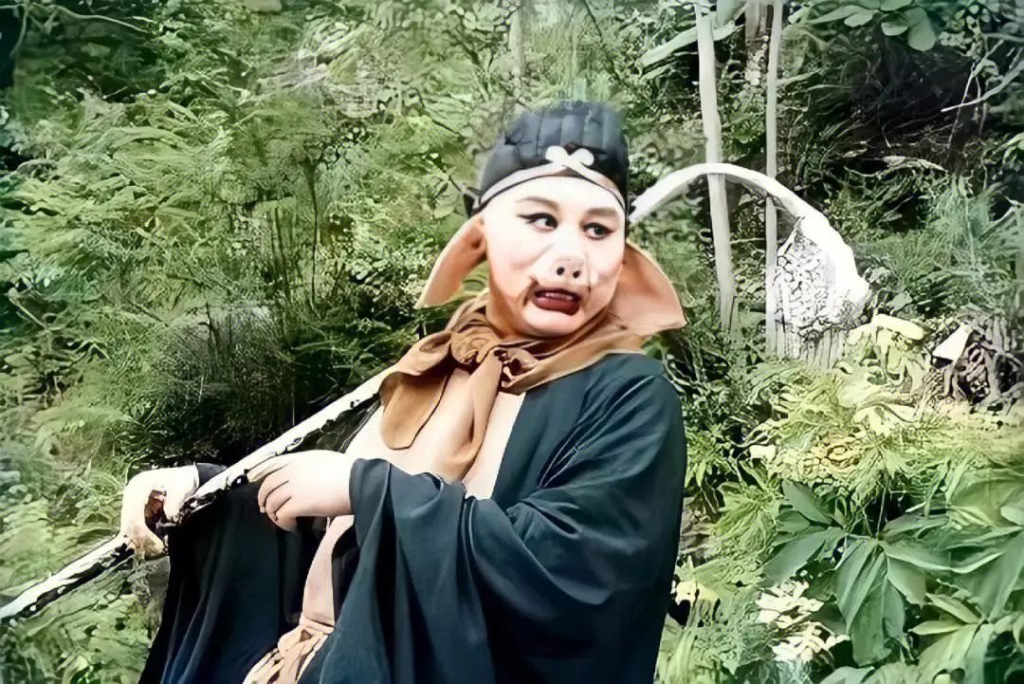
Ⅱ. The Spring and Autumn Period
Before the Spring and Autumn Period, iron tools hadn’t been widely spread. Bronze farming tools were prone to breaking and were quite expensive. So, most ordinary people couldn’t afford metal farming tools, let alone swords and other weapons that couldn’t be used for getting food or production. It was not difficult to carry wooden or stone tools when going out. Things like “carrying a hoe to work in the fields” or “taking a sickle to cut grass” were not prohibited by the government.
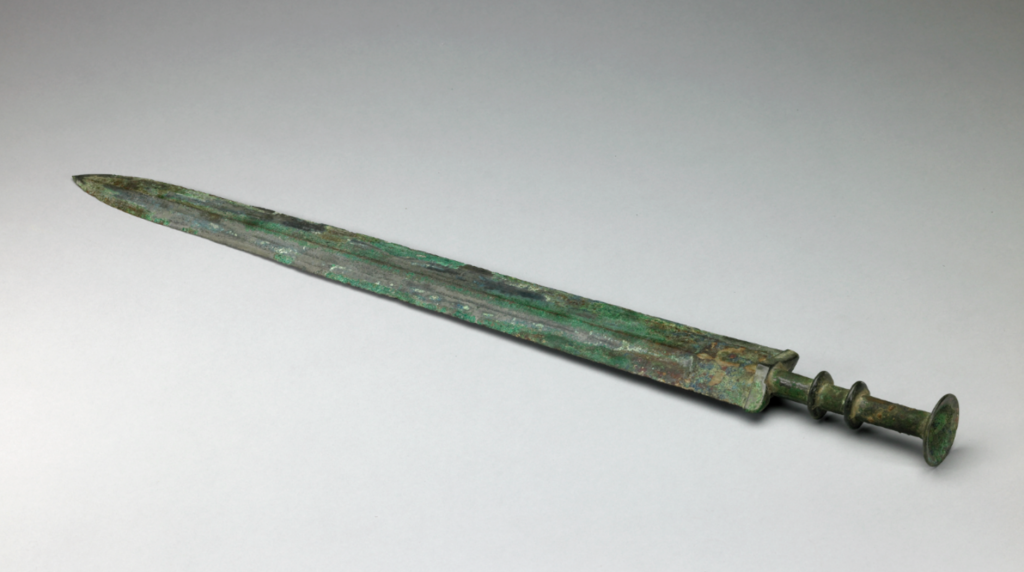
Ⅲ. The Warring States Period
During the Warring States Period, iron – made tools gradually became widespread. With frequent wars, most of the states didn’t strictly control weapons among the people, and civilians could be conscripted as soldiers. According to “Records of the Grand Historian”, Feng Xuan (冯谖), a down – and – out man from the State of Qi, was able to wander around wearing a sword. He even played tricks at Lord Mengchang’s (孟尝君) residence, strumming his long sword and singing three times. This shows that there were indeed people who roamed around with long swords in history.
Ⅳ. The Qin Dynasty
After Emperor Qin Shi Huang unified the six states and ended the chaotic era of contending powers, he imposed unprecedentedly strict control over weapons. As stated in Jia Yi’s (贾谊) “Ten Crimes of Qin” (《过秦论》): “He collected all the weapons in the world, gathered them in Xianyang city, melted down the spear – points and arrowheads, and cast twelve metal statues.” At that time, the Qin Dynasty had extremely strong control over metal weapons. The twelve metal statues not only symbolized the dynasty’s power but also actually reduced the circulation of weapons among the people. In the Qin Dynasty, even having metal farming tools at home required reporting. At the beginning of the Dazexiang Uprising led by Chen Sheng (陈胜) and Wu Guang (吴广), they could only “cut down trees to make weapons”.
Ⅴ. The Han Dynasty
The Han Dynasty followed the systems of the Qin Dynasty, and weapon control remained extremely strict. Zhou Yafu (周亚夫), the second son of Marquis Jiang Zhoubo, was convicted of “secretly hoarding weapons for an army”.
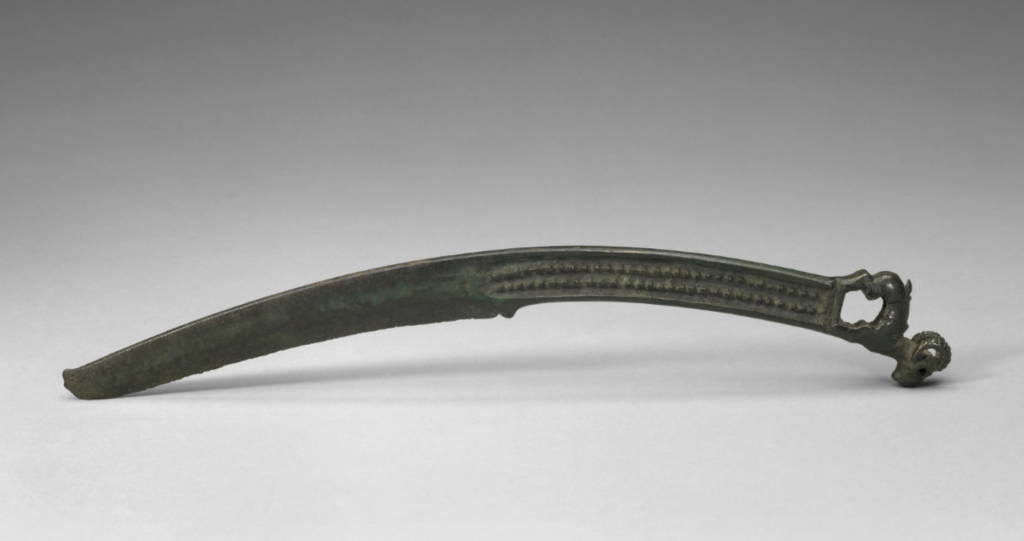
Ⅵ. The Three Kingdoms Period
At the end of the Eastern Han Dynasty, the country was in chaos, and numerous warlords rose up. Ordinary people often carried weapons privately. When Liu Bei, Guan Yu, and Zhang Fei (张飞) joined forces, Liu Bei’s family had fallen on hard times. So, they were all common folks. Their weapons, such as Liu Bei’s twin swords, Guan Yu’s Green Dragon Crescent Blade, and Zhang Fei’s eighteen – foot serpent – spear, were all privately forged. Moreover, the three of them could hire blacksmiths privately to forge a large number of weapons and recruit local men as soldiers. Evidently, during chaotic times, there were relatively few restrictions on the circulation and carrying of weapons among the people.
Ⅶ. The Wei, Jin, Southern and Northern Dynasties
The situation remained the same during the Wei, Jin, Southern and Northern Dynasties. In the chaotic times, conscription was prevalent, and it became quite common for ordinary folks to purchase weapons. As depicted in “Ballad of Mulan” (《木兰辞》), Mulan “bought a fine steed in the east market, a saddle and its pad in the west, a bridle in the south, and a long whip in the north.” This shows that she was gathering military supplies on her own, indicating that there were basically no barriers for military weapons to spread among the people.
Ⅷ. The Tang Dynasty
When the Tang Dynasty was newly established, the social environment gradually stabilized, and the control over weapons was tightened again. According to the Tang Code, items like “armor and crossbows”, “spears and lances” were “forbidden goods”, and private possession was not allowed. Offenders would be punished with flogging, exile, hanging, etc., depending on the circumstances. However, the government was relatively lenient in regulating swords and such. There were even special sword – dance performances in the Tang Dynasty. Du Fu once watched the sword – dance performance by Aunt Gongsun. He praised her performance, saying, “When she starts, it’s like thunder suddenly ceasing its fury; when she stops, it’s like the sea calming into clear light.” He highly commended, “Among the eight thousand imperial concubines of the late emperor, Aunt Gongsun’s sword – dance was second to none.”
Ⅸ. The Song Dynasty
The Northern Song Dynasty largely followed the systems of the Tang Dynasty. A special feature was that the common people were allowed to use the “podao” (朴刀), a short weapon for self – defense. However, during the reign of Emperor Gaozong in the Southern Song Dynasty, the government began to completely ban the common people from possessing weapons and practicing martial arts.
Ⅹ. The Yuan Dynasty
The Yuan Dynasty, established by ethnic minorities, in order to maintain its rule over an unprecedentedly vast territory and manage people of other ethnic groups, which numbered over a hundred times more, the Yuan rulers imposed extremely strict control over weapons among the people. Therefore, the rumor that “only one kitchen knife was allowed for every ten households” in the Yuan Dynasty, with surplus knives being confiscated, has some basis. The “History of Yuan · Criminal Law” (《《元史·刑法志》》) clearly stipulated that “any commoners in the capital who make or hold a slingshot will be flogged seventy – seven times and half of their family property will be confiscated.” That is, common people were not allowed to make weapons by themselves. Those who privately hoarded more than ten sets of standard weapons such as knives, guns, and crossbows would be put to death.
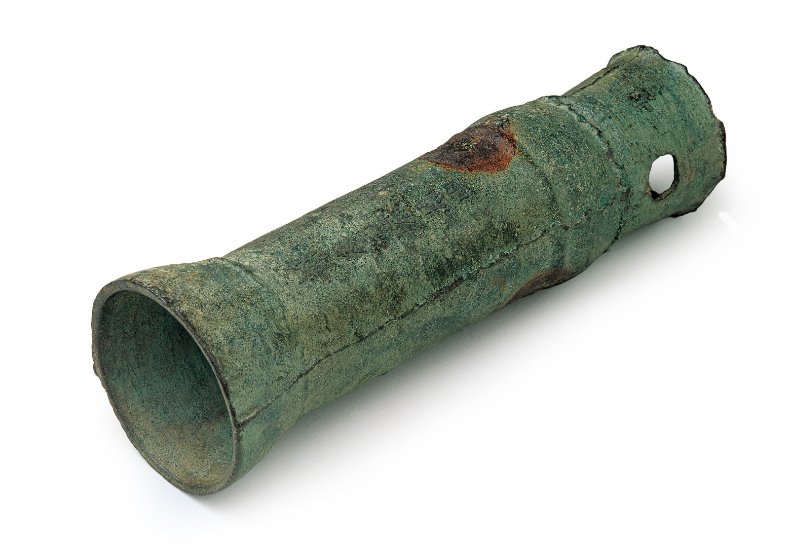
Ⅺ. The Ming Dynasty
In the Ming Dynasty, firearms were commonly used in the military. So, what was prohibited from flowing into the hands of civilians mainly included firearms like muskets and cannons, as well as items such as armor, helmets, and shields. However, restrictions on civilians’ possession of cold weapons were not very strict.
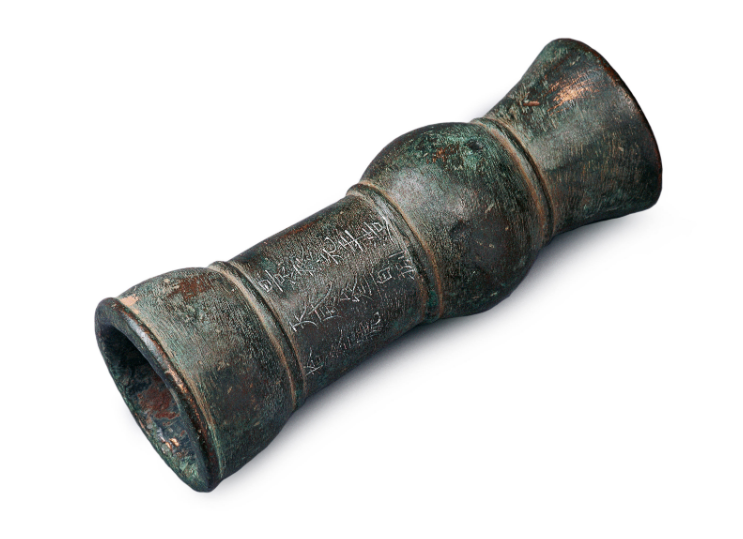
Ⅻ. The Qing Dynasty
The Qing Dynasty followed the systems of the Ming Dynasty, and its restrictions on civilian – held weapons were also mainly focused on firearms. In the early Qing Dynasty, if someone privately hoarded or made firearms, they would basically be sentenced to immediate execution. Their wives, children would be taken into official service as slaves, property would be confiscated, and neighbors would be sentenced to suspended death by hanging. As the situation changed, in the late Qing Dynasty, due to continuous internal unrest and external aggression, the civilian society was allowed to register with the government and possess fowling – pieces for personal use. It was quite a significant change.
Summary
In general, the control of civilian – owned weapons by Chinese dynasties throughout history was adjusted according to the current situation. In most cases, short – bladed weapons like swords were allowed to be owned by civilians and carried outside. However, we can tell from the style of the Chinese dress worn by farmers that it’s much simpler compared to the Hanfu worn by the nobility. Naturally, farmers didn’t have that much spare money. Instead, they were more eager to spend on purchasing farming tools.
Beyond professional warriors, the literati, driven either by a passion for martial valor or a penchant for adornment, often chose to don their swords and blades, stepping out into the world. As for whether these weapons would be unsheathed in the name of justice and chivalry, that decision lay solely within the depths of their hearts.
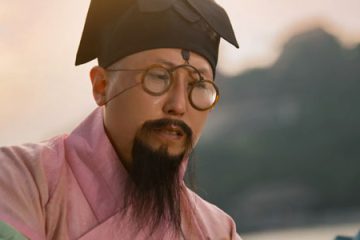
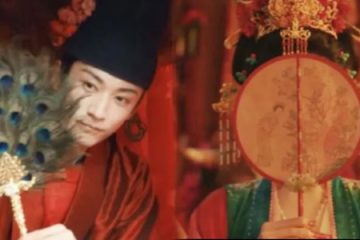
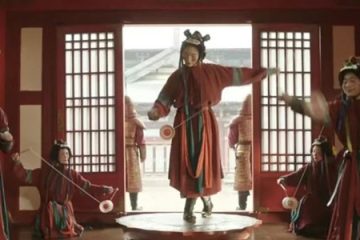
0 Comments